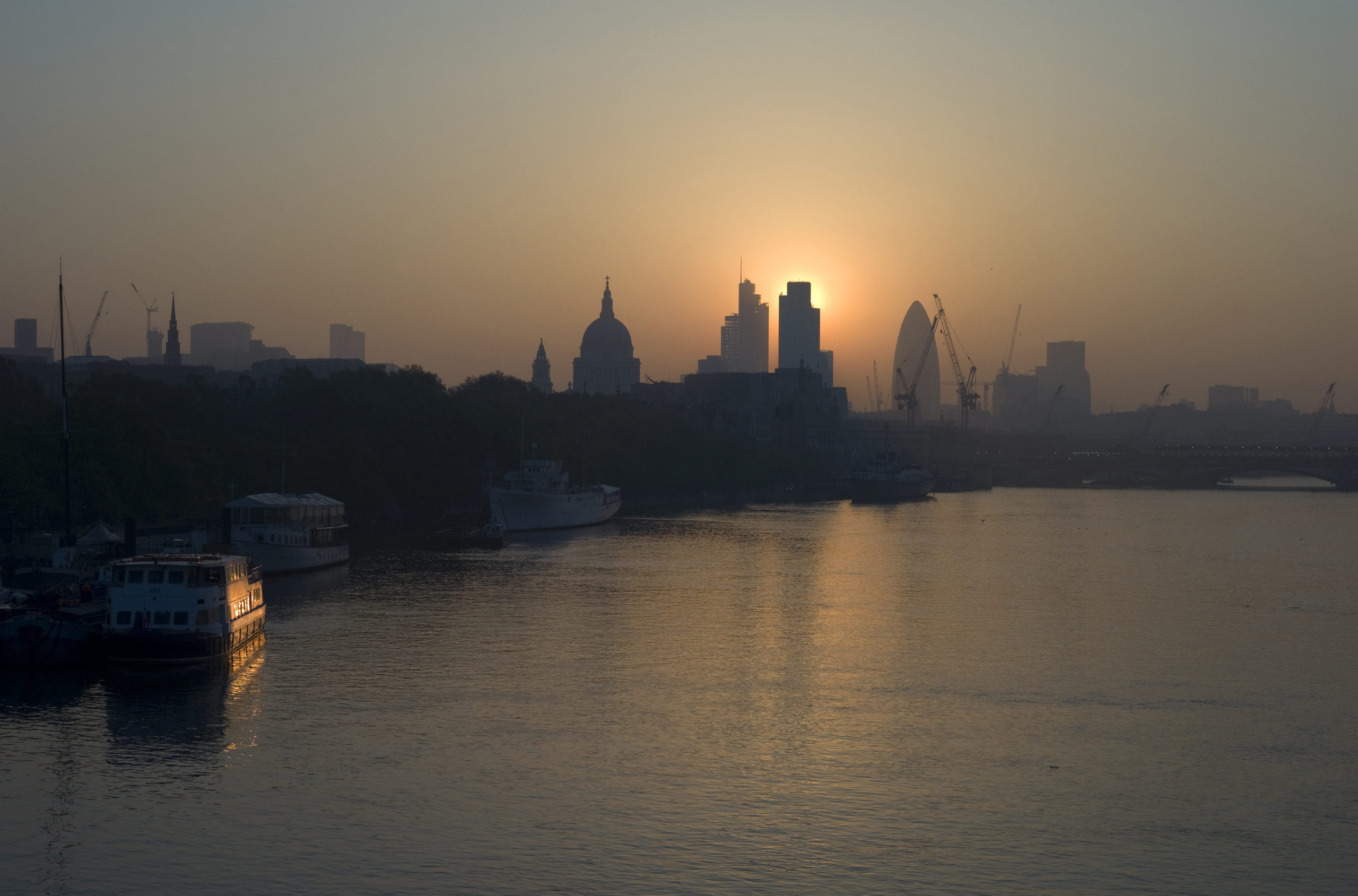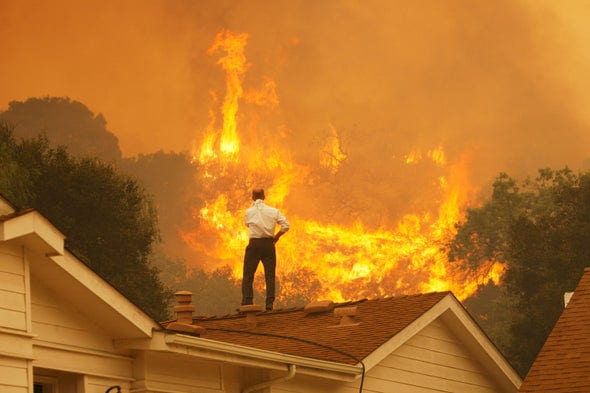Each Friday, the Wagner Planner editorial board will publish a news roundup of recent planning news. Topics range the gamut of urban planning concentrations, but will mostly be at the discretion of the editor.
5 ways new monitoring technologies can help cities combat air pollution
“Emerging monitoring technology can enable leaders to better understand when people are most exposed to air pollution to inform targeted actions that can reduce exposure. Lower-cost monitors are cheaper and more portable than traditional air quality monitors, and so can be fixed at many locations across a city to provide continuous data that shows how pollution rises and falls over time, which can be particularly useful in places where vulnerable people live, work and visit.” (World Economic Forum)
We Are Living in a Climate Emergency, and We’re Going to Say So
“In January Scientific American published an article about a study entitled ‘World Scientists’ Warning of a Climate Emergency.’ At the time, more than 11,000 scientists from 153 countries had signed a report to signify their agreement that the world is facing a climate emergency that requires bold action. As of April 9 another 2,100 had signed on. As our article said, ‘the adverse effects of climate change are much more severe than expected and now threaten both the biosphere and humanity…. Every effort must be made to reduce emissions and increase removal of atmospheric carbon in order to restore the melting Arctic and end the deadly cycle of damage that the current climate is delivering.’ Our article also noted that as of January, ‘1,859 jurisdictions in 33 countries have issued climate emergency declarations covering more than 820 million people.’” (Scientific American)
Plastic Is Falling From the Sky. But Where’s It Coming From?
“But where is it all coming from? You’d think it’d be arising from nearby cities—western metropolises like Denver and Salt Lake City. But new modeling published yesterday in the Proceedings of the National Academy of Sciences shows that 84 percent of airborne microplastics in the American West actually comes from the roads outside of major cities. Another 11 percent could be blowing all the way in from the ocean. (The researchers who built the model reckon that microplastic particles stay airborne for nearly a week, and that’s more than enough time for them to cross continents and oceans.)” (Wired)


